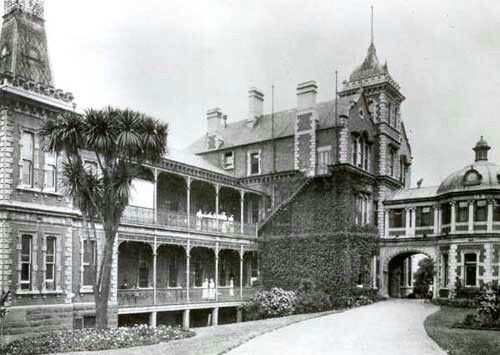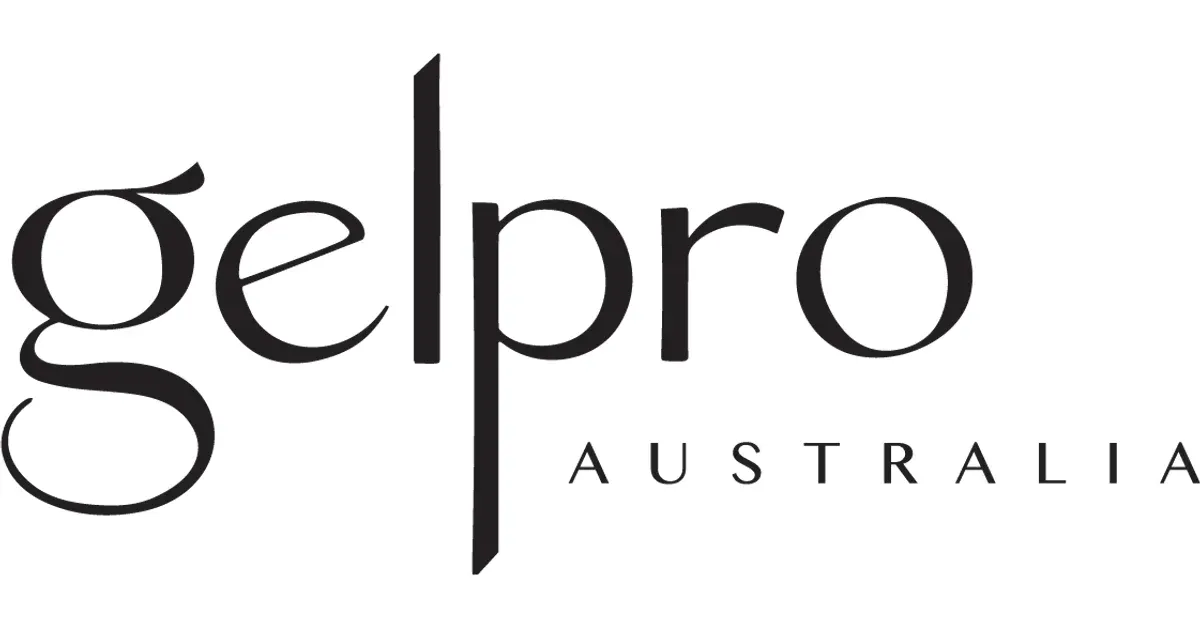Our Health Blog
Live A Natural Life
Welcome to our health blog! Here, we share our knowledge and passion for natural health, nutrition and wellness. Our goal is to help you make informed decisions about your own health so that you can lead a healthier life. Whether it’s learning about the benefits of going natural, discovering healthy eating habits, or just getting advice, we’re dedicated to helping you live your best life.

If I am to do this information justice, it’s important for us to go right back in time to get an understanding of how medicine has evolved and how the principles we still use today in medicine have evolved over time. Hippocrates (470 - 400 BC). He was known as the ‘father of medicine’ and wrote about two methods of healing. The first was the law of contraries (opposites) which is used by allopathic doctors. Allopathic comes from the Greek “allos” - meaning “opposite” and “pathos” - meaning “to suffer”. The second was the law of similars. He went against the idea that disease was punishment from gods and instead thought that disease came from external causes. Hippocrates believed that the body had its own healing mechanisms and the role of the physician was to support and enhance these natural processes. He is credited with discovering the fundamental principle that is central to homeopathy: “Vis medicatrix naturae,” which translates to “the healing power of nature”. Next came Paracelsus (1493 - 1541), who was a Swiss physician, alchemist and philosopher. He also challenged the medical practice of his time, which often relied on harmful substances like mercury and bloodletting. Paracelsus advocated for a more holistic and individualised approach to medicine. He believed that the body could be healed by introducing substances that mimic the symptoms of illness. He famously stated “what makes a man ill also cures him”. Whilst being accused of advocating lethal poisons, Paracelsus was extremely careful with dosing and found that a small dose was enough to cure great disease. However, because he was still using poisons such as mercury, there were some side effects for some people. He also only used one medicine at a time which is important because allopathic medicine didn't like the idea of using one medicine at a time. Germ theory was something else Paracelsus predicted which furthered Hippocrates' thought that disease was caused by external factors. Paracelsus stated that the external causes were introduced to the body through food and drink and air which would then grow in certain parts of the body, weakening the vital force. Samuel Hahnemann (1755 - 1843), a German physician, built upon the ideas of Hippocrates and Paracelsus. He started as a doctor in the medical profession but, like Paracelsus, couldn’t bear to keep doing more harm than good using things like mercury and bloodletting so he left the profession. Hahnemann began exploring the concept of “like cures like” after translating a medical treatise on cinchona bark; now known in homeopathy as China. He tested the theory on himself by taking china, which at the time was the treatment for malaria. He experienced all the symptoms of mild malaria and through this he discovered that the same remedy that could cure a sick person with malaria would produce the same symptoms in a healthy person. With this discovery he began testing or in homeopathy it is known as 'proving' which was the procedure whereby he took remedies to see what symptoms it would bring up and then recorded these into a Materia Medica in a systematic manner. This is where homeopathy vastly differs from any other medicines as it is based directly upon the symptoms which the patient presents with. In saying this, two patients might come in with the same "dis-ease" and leave with two different remedies because they have a different symptomatic picture. Homeopathic Hospitals Homeopathy gained popularity quickly due to the unethical practices of allopathic medicine during the 1800’s and grew more popular again during the cholera pandemic. In 1832, the first homeopathic hospital was established and soon enough there were homeopathic hospitals all over Europe. Homeopathic hospitals were seeing better outcomes than allopathic medicine and Hahnemann discriminated against no-one. He would see anyone and everyone. Those who could afford to pay would be seen in the day and those who couldn’t afford it would be treated after hours for free. The American Institute of Homeopathy (A.I.H.) was formed in 1844 by Constantine Hering to help set standards for homeopathic practitioners. Due to its rising popularity, there was concern individuals would take advantage and pass themself off as homeopaths which could damage the reputation of homeopathy due to malpractice which is why the A.I.H. was formed. Allopathic doctors were becoming increasingly concerned with the growing popularity and success of homeopathic medicine and in 1847 the American Medical Institution was formed to help set standards and ethical practices during the time of medical and scientific advancement alongside trying to outdo the homeopathic society. Now let’s detour for a second to talk about John D. Rockefeller who was known as “the richest man in modern history”. He was a big fan of homeopathy and stated that “homeopathy is a progressive and aggressive step in medicine”. However, in the early 1900’s vitamins and minerals were discovered in the body and they worked out they could synthesise these to sell as supplements with the use of petrochemicals and petroleum bases. Rockefeller could now not only make money from the oil industry but now was able to use it in over the counter drugs and synthesised vitamins. The only thing in his way was the popularity of natural medicines such as homeopathy, essential oils, chiropractic and herbal medicines. So in 1910 the Rockefeller and the Carnegie Foundations funded the famous Flexner Report. The Flexner report was aimed at reducing hospitals that didn’t fit “scientific standards” and increasing the standards of medical practitioners. The Flexner report proposed the idea that to work as a medical professional an individual had to study at a “Gold Standard” medical school which the American Medical Institute approved. The Flexner report categorised all hospitals as to whether they were fit to continue practicing and recommended many hospitals close due to not meeting requirements. Homeopathy was not fully understood by scientists and so all homeopathic hospitals were shut down and many homeopaths were forced to stop practicing. Homeopathic Success in Epidemics During the 19th century, there was a rise in epidemic diseases such as cholera, flu pandemic, yellow fever etc. Homeopathic hospitals were up and running by this stage and homeopaths were able to successfully see and treat patients with minimal deaths compared to those who sought conventional medicine. Unfortunately, their success was not recognised but instead met with hostility and anger causing a decrease in the number of homeopaths that practiced and some were fired and replaced by medical practitioners who were strongly against homeopathy. To treat an epidemic disease, it’s important to get an understanding of the totality of symptoms in order to find the remedy best suited to that disease. The remedy that is suited to the totality of a case or disease is called a similimum. Samuel Hahnemann writes about this in relation to epidemics in the “Organon of Medicine”. Below is a table taken from Weston A. Price comparing the success of homeopathic vs. allopathic treatment during epidemic diseases.

Embarking on a fertility journey can be daunting and, all too often, I see couples who are unaware of the transformative potential of homeopathic remedies, harnessing your body's vital force and innate intelligence to bring balance and harmony back into your life. Together, with the use of homeopathic remedies, we'll give your body a nudge in the right direction to prepare for the miracle of conception.

Revolutionising the way women view healthcare so they can gain confidence and trust in their intuition to make healthcare choices that serve their family. Showing couples another way in the fertility world so they can unlock their unique path to parenthood and bring their vital force back into balance.













